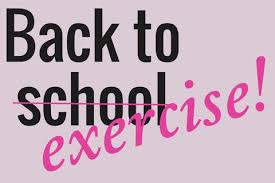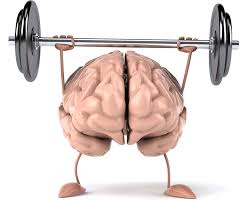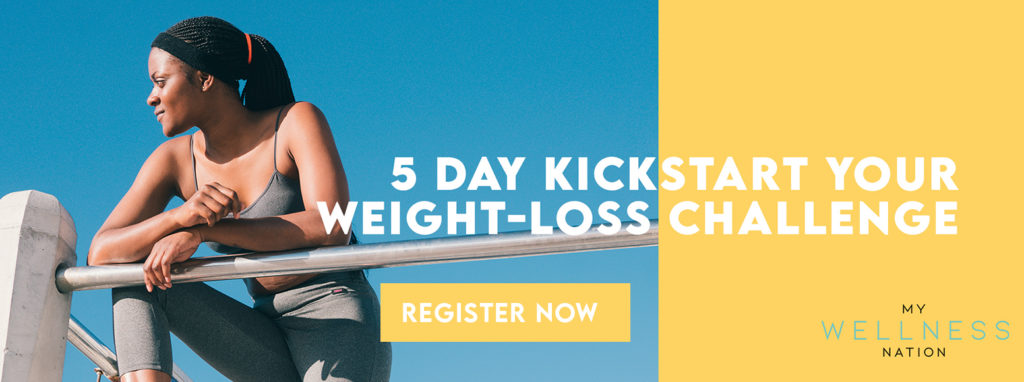 In a recent study, psychologists from Duke University compared the antidepressant effects of aerobic exercise training to the popular antidepressant medicine sertraline, as well as a placebo sugar pill. They randomized depressed patients to one of the interventions and found that after four months about 40 percent of the subjects were no longer depressed. Those who exercised or received the medicine had higher and comparable response rates, but they were only slightly better than the placebo group. Those who exercised at a moderate level – about 40 minutes three to five days each week – experienced the greatest antidepressant effect. So they interpreted that to mean that exercise was just as good as medicine. And in that particular study, the high placebo response meant that nonspecific influences like patient expectations and the attention from the study personnel during monitoring visits may have caused the therapeutic response. (www.psychologytoday.com/ca/blog/brain-bootcamp/201009/can-exercise-cure-depression)
In a recent study, psychologists from Duke University compared the antidepressant effects of aerobic exercise training to the popular antidepressant medicine sertraline, as well as a placebo sugar pill. They randomized depressed patients to one of the interventions and found that after four months about 40 percent of the subjects were no longer depressed. Those who exercised or received the medicine had higher and comparable response rates, but they were only slightly better than the placebo group. Those who exercised at a moderate level – about 40 minutes three to five days each week – experienced the greatest antidepressant effect. So they interpreted that to mean that exercise was just as good as medicine. And in that particular study, the high placebo response meant that nonspecific influences like patient expectations and the attention from the study personnel during monitoring visits may have caused the therapeutic response. (www.psychologytoday.com/ca/blog/brain-bootcamp/201009/can-exercise-cure-depression)
So, why does exercise work?
Exercise not only increases blood flow to the brain, it also releases endorphins (the “happy” hormone). Exercise stimulates neurotransmitters like serotonin, which can also improve mood. Furthermore, doing something good for your body can help increase self-esteem. It can be hard to do a workout, but most people feel better afterwards. Exercise can help to improve sleep quality, which can also help improve your overall mood.
Some tips to increase motivation:
- Get your gear together so you’re ready to go. Pack a bag and put it in your car so you can head to the gym right after work. Or have it all ready to go first thing in the morning, so you can get your workout done right away.
- Make an appointment with yourself and KEEP IT. Schedule it into your day when you are more likely to follow through. If you’re not a morning person, plan for after work or during your lunch break.
- Find a workout partner. People who work out with a partner are much more likely to stick with their program.
- Don’t overdo it! Go easy to start, and increase your intensity as you feel comfortable. If you do too much too fast, you might get discouraged.
- Make sure it’s something you enjoy. A workout is always better if you look forward to doing it!
Ultimately, exercise is beneficial, no matter what the reasons. Why not give it a try, and see how much better it makes you feel? What have you got to lose?
Corinne Newell
Curtis Health









